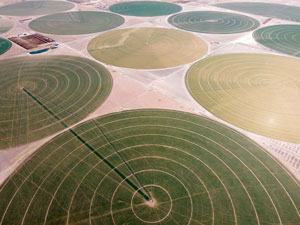 You arrive at a large field, small sprouts peeking out of the soil. At the center of the field lies a structure connected to a span of pipe from which sprinklers hang. Trusses brace and support its weight. From the air, this field would appear to be a perfectly circular patch of green.
You arrive at a large field, small sprouts peeking out of the soil. At the center of the field lies a structure connected to a span of pipe from which sprinklers hang. Trusses brace and support its weight. From the air, this field would appear to be a perfectly circular patch of green.
Center pivot irrigation systems are one of many ways to distribute water to crops. As its name suggests, this method involves rotating around a central pivot point. When the machine rotates, it releases water from the sprinklers and irrigates crops. (Agrivi.com) By using this system, farmers can ensure a uniform application of water across an entire field. Continue reading “Monitoring Center Pivot Irrigation Systems”

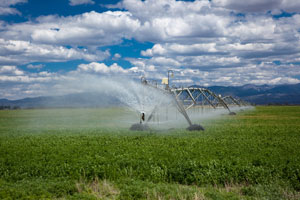
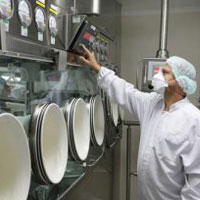
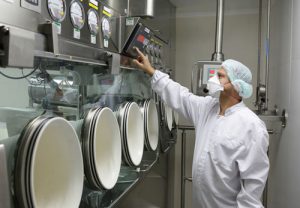 of the process, such as dust or vapors, can create conditions for a hazardous environment. Processes that have potential for hazardous environments include: water treatment, oil drilling, gas and chemical processing, power generation, pharmaceutical, and food manufacturing. The measurement and control of these processes are essential in maintaining optimal conditions of the manufacturing system and preventing catastrophic events.
of the process, such as dust or vapors, can create conditions for a hazardous environment. Processes that have potential for hazardous environments include: water treatment, oil drilling, gas and chemical processing, power generation, pharmaceutical, and food manufacturing. The measurement and control of these processes are essential in maintaining optimal conditions of the manufacturing system and preventing catastrophic events. 
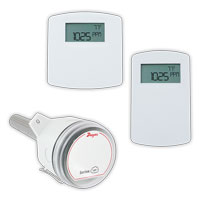
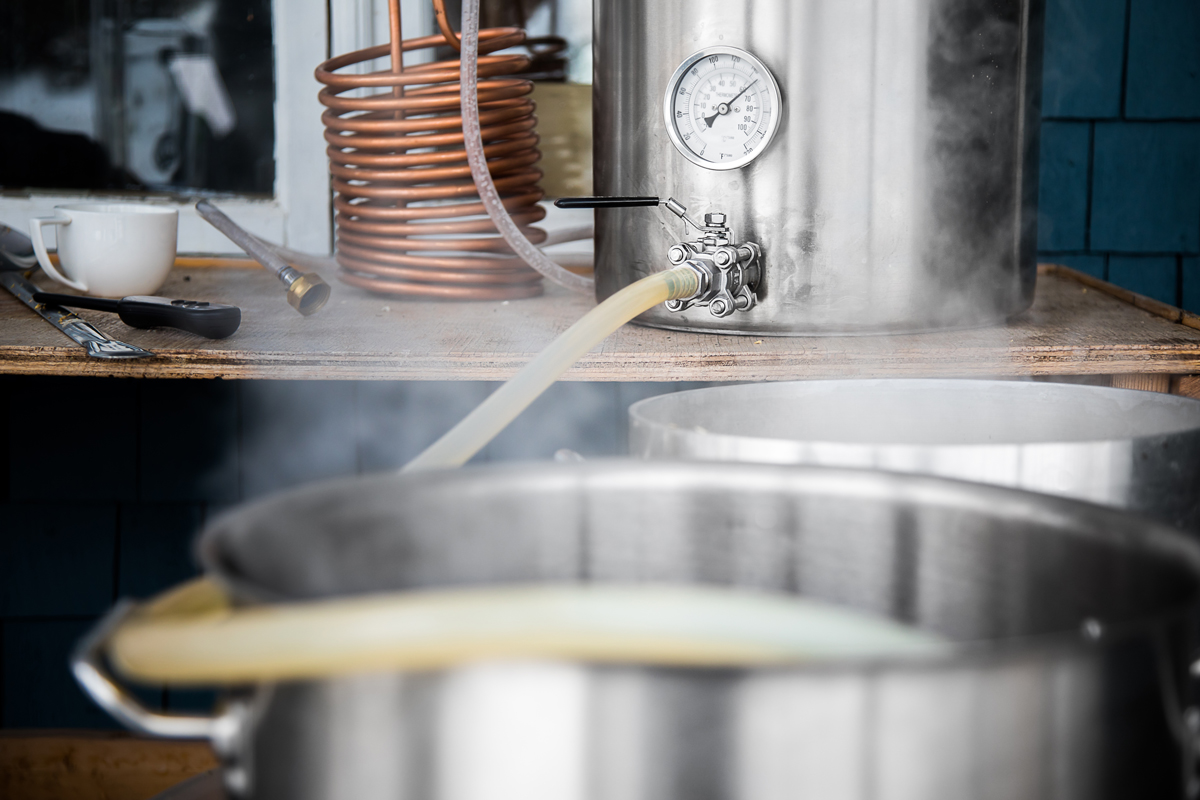
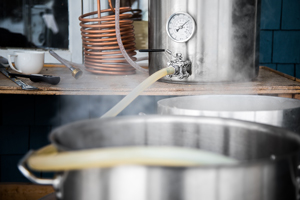 Dwyer Instruments, Inc. has solidified its presence in many markets and our versatility has allowed for our products to be implemented in a multitude of applications. Original equipment manufacturers and end users alike have been able to automate many processes that would otherwise be quite demanding and time consuming; one of which being home brewing! Home brewing and craft beers seem to be a growing trend across the country in recent years. With people developing an interest in creating a beer to their personal liking, many have found themselves dabbling in the world of home brewing. With a few ingredients, adequate equipment, and some patience, you can find yourself enjoying a Taylor-made beer!
Dwyer Instruments, Inc. has solidified its presence in many markets and our versatility has allowed for our products to be implemented in a multitude of applications. Original equipment manufacturers and end users alike have been able to automate many processes that would otherwise be quite demanding and time consuming; one of which being home brewing! Home brewing and craft beers seem to be a growing trend across the country in recent years. With people developing an interest in creating a beer to their personal liking, many have found themselves dabbling in the world of home brewing. With a few ingredients, adequate equipment, and some patience, you can find yourself enjoying a Taylor-made beer!